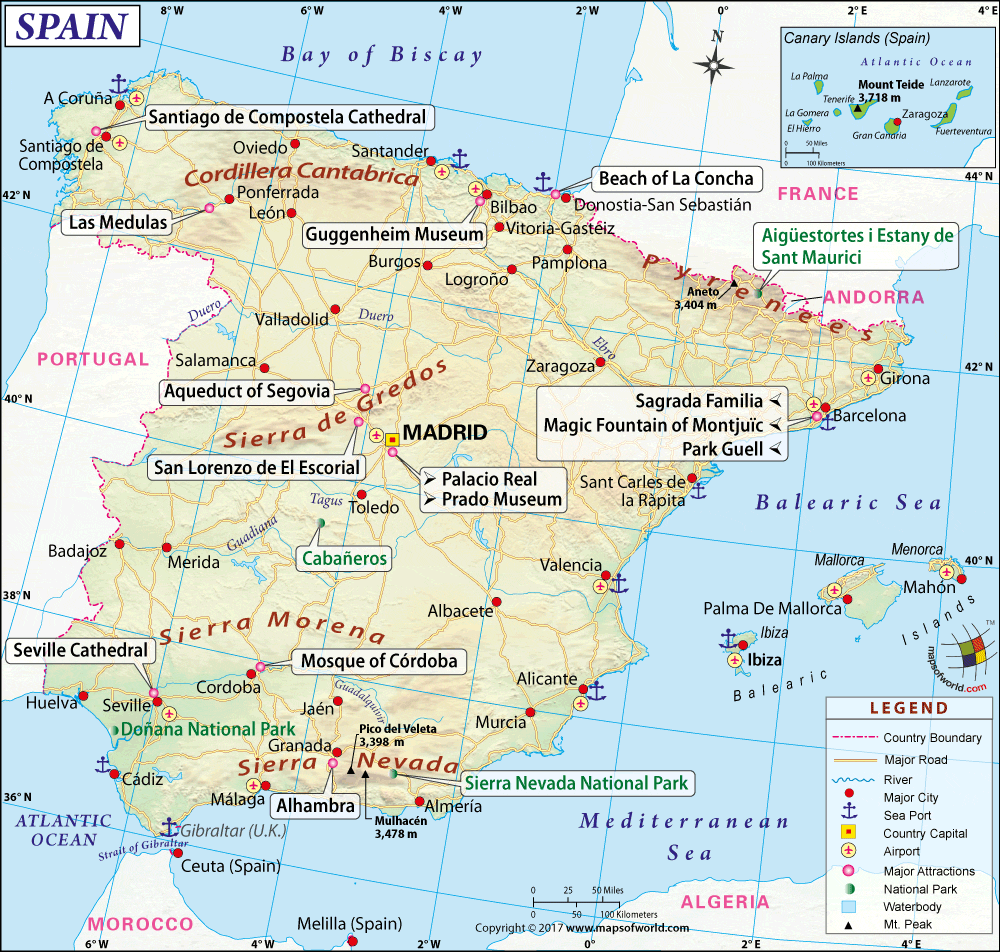What were the Causes Behind the Spanish Civil War?

The Spanish Civil War lasted from 1936 to 1939. Although one of the bloodiest conflicts of the 20th century and a war with far reaching consequences, the Spanish Civil War is often overlooked in history due to the ongoing tensions on the continent at the time and due to the outbreak of the World War II soon after it ended. The war was fought within Spanish territory, it drew involvement from Fascist Italy, Portugal, Nazi Germany, the Soviet Union, and to a lesser extent, the United States.
Spain was a weak and unstable monarchy for the most part of the 19th century. The economy was in shambles and the common people, ravaged by poverty and unemployment, were drawn towards communist and socialist ideologies. The Spanish military offered strong dictators who did not completely do away with the monarchy or the influence of the Catholic Church despite much resentment.
In 1923, the Spanish Army led by General Miguel Primo de Rivera, staged a coup d’état and the general replaced King Alfonso XIII. Although technically still a monarchy, Rivera established an efficient dictatorship. This was a period of development of industry and infrastructure in the country. Rivera, however, was a conservatist and a monarchist and his affiliations started to cause much dissent by the end of the decade. The onset of the Great Depression of the 1930s and the ensuing economic plight made Rivera more unpopular and the general had to resign.
The monarchy was done away with and elections were held in Spain in April 1931. The Republicans came to power and Spain was declared a republic with the introduction of a new constitution. The economic crisis in Spain had, however, just started to unfold. The price of crops fell drastically and major exports such as wine and olive oil were hit. The production of iron and steel too fell considerably and unemployment rose steadily.
The new government alienated the four most powerful groups in the country – the Roman Catholic Church, the rich landowners, the industrialists, and the country’s military. The leftist groups, Communists, and the Trade Unions in the country (supported indirectly by Italy and the USSR) continued to use violence as a form of protest and created immense pressure on the government. Prime Minister Manuel Azana I’s government steadily lost support and even faced an attempted, albeit unsuccessful, coup. Elections were held once again in 1936 and resulted in a victory for the left-wing alliance (Popular Front).
True to its ideologies and election promises the Popular Front launched a massive land reform program. The Spanish elite, the rich landowners, who had already feared a Russian Revolution-like scenario started to vehemently oppose the government. right-wing extremist groups took to open violence. By 1936 Spain was on the precipice of a major unrest. At this time a number of political assassinations incensed the right-wingers. Sotelo, a well-known right-wing politician, was killed in July and the right urged the military to stage a coup and oust the government.
On July 17, 1936, the Spanish army led by General Franco, launched the Spanish Civil War as an act of rebellion against the Second Republic. More Spanish troops arrived from Morocco and a bloody war soiled the history of Spain. Over 325,000 are believed to have died in battle or as a consequence of the war. The Francoists are estimated to have executed a further 150,000. All in all, the war plunged the country into a darkness that Spain would take many decades to recover from.
Related Links:

